Five Sense Science Worksheets
Are you a teacher or parent looking for engaging and educational resources to help teach your students or children about the five senses? Look no further! Our five sense science worksheets are designed to cover the essential concepts of sight, hearing, taste, touch, and smell in a fun and interactive way. With a variety of activities and exercises, these worksheets are perfect for students in elementary school who are eager to explore the fascinating world of their senses.
Table of Images 👆
- Five Senses Kindergarten Science Worksheets
- Five Senses Worksheet for Grade 1
- Printable Five Senses Worksheet Kindergarten
- My Five Senses Worksheet
- Five Senses Printable Worksheets
- Five Senses Worksheets for Kindergarten
- Five Senses Worksheets
- Free Printable Five Senses Worksheets
- Our 5 Senses Worksheet
- Five Senses Taste Worksheets
More Science Worksheets
6 Grade Science WorksheetsScience Heat Energy Worksheets with Answer
Science Worksheets Light and Sound
7th Grade Science Cells Worksheets
Worksheets Life Science Vocabulary
8th Grade Science Scientific Method Worksheet
Science Worksheets All Cells
What are the five human senses?
The five human senses are sight, hearing, taste, smell, and touch.
How do our eyes help us see the world?
Our eyes help us see the world by capturing light and converting it into electrical signals that are sent to the brain for processing. The cornea and lens of the eye focus incoming light onto the retina, which contains light-sensitive cells called rods and cones. These cells convert light into electrical impulses, which are relayed through the optic nerve to the brain's visual cortex where they are interpreted as images. Our eyes also allow us to perceive depth, color, and motion, providing us with vital information about our surroundings and enabling us to navigate and interact with the world.
What are taste buds and how do they work?
Taste buds are sensory organs located on the tongue and other parts of the mouth that help to detect different flavors. They contain receptors that can identify and transmit signals to the brain when they come into contact with food molecules. These receptors are sensitive to the tastes of sweet, salty, sour, bitter, and umami. When a taste bud is activated, it sends signals through nerve fibers to the brain, where the taste is interpreted and perceived. Taste buds work collectively to allow us to experience the complex flavors of the food we eat.
How do our ears allow us to hear sounds?
Our ears allow us to hear sounds through a complex process involving the ear canal, eardrum, middle ear bones, cochlea, and auditory nerve. Sound waves enter the outer ear and travel through the ear canal, causing the eardrum to vibrate. These vibrations are then transmitted by the middle ear bones to the cochlea in the inner ear, where hair cells convert the vibrations into electrical signals. These signals are sent to the brain via the auditory nerve, where they are processed and interpreted as sound.
What is the purpose of olfactory receptors in our nose?
The purpose of olfactory receptors in our nose is to detect and identify different smells or odors in the environment. These receptors are responsible for converting chemical signals from various odor molecules into electrical signals that are then transmitted to the brain for perception and interpretation. This ability to detect odors helps us to navigate and interact with our surroundings, including detecting danger, distinguishing different types of food, and triggering emotional responses.
How do our skin and touch receptors help us feel things?
Our skin is equipped with touch receptors that are sensitive to different stimuli such as pressure, temperature, and pain. When these receptors are stimulated by external forces, they send signals through the nervous system to the brain, which translates these signals into the sensation of touch. The information gathered by the touch receptors helps us to understand the texture, shape, and temperature of objects we come into contact with, enabling us to navigate and interact with our environment effectively.
What is the role of the brain in processing sensory information?
The brain plays a crucial role in processing sensory information by receiving, interpreting, and integrating signals from the various sensory organs such as the eyes, ears, skin, taste buds, and nose. It translates these signals into meaningful information, which allows us to perceive and understand the world around us. Additionally, the brain also plays a role in filtering and prioritizing sensory information, helping us focus on what is important and relevant at any given moment.
How do our senses work together to create a complete perception of the world?
Our senses work together through a process called sensory integration, where information from different sensory channels such as sight, hearing, touch, taste, and smell is combined in the brain to create a complete perception of the world. This integration allows us to make sense of our surroundings, experience emotions, and engage in complex behaviors by interpreting and synthesizing the various inputs received from our senses. Through this intricate system, our brain forms a coherent and multi-dimensional understanding of our environment, enabling us to navigate the world effectively.
What are some examples of how our senses can be easily fooled?
Our senses can be easily fooled in many ways, such as through optical illusions where our eyes perceive something that isn't actually there, or through sensory overload where our brain struggles to process all the information it receives. Another example is the McGurk effect, where what we hear can be influenced by what we see, leading to a misperception of sound. Additionally, our sense of taste can be influenced by factors like color or presentation, affecting how we perceive flavor. These examples show how our senses can be tricked and misled, highlighting the complexity of our sensory perception.
How can we protect and take care of our senses to maintain healthy sensory experiences?
To protect and take care of our senses to maintain healthy sensory experiences, we must avoid exposing them to harmful stimuli like loud noises, bright lights, or strong odors. Regularly cleaning and maintaining our eyes, ears, nose, tongue, and skin can also help preserve our senses. Eating a balanced diet rich in vitamins and minerals, exercising regularly, getting enough sleep, and managing stress can further support sensory health. Additionally, seeking professional help if experiencing any sudden changes or issues with our senses is important for early detection and treatment.
Have something to share?
Who is Worksheeto?
At Worksheeto, we are committed to delivering an extensive and varied portfolio of superior quality worksheets, designed to address the educational demands of students, educators, and parents.

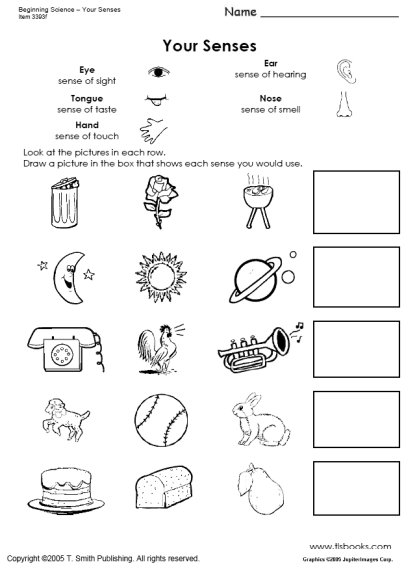



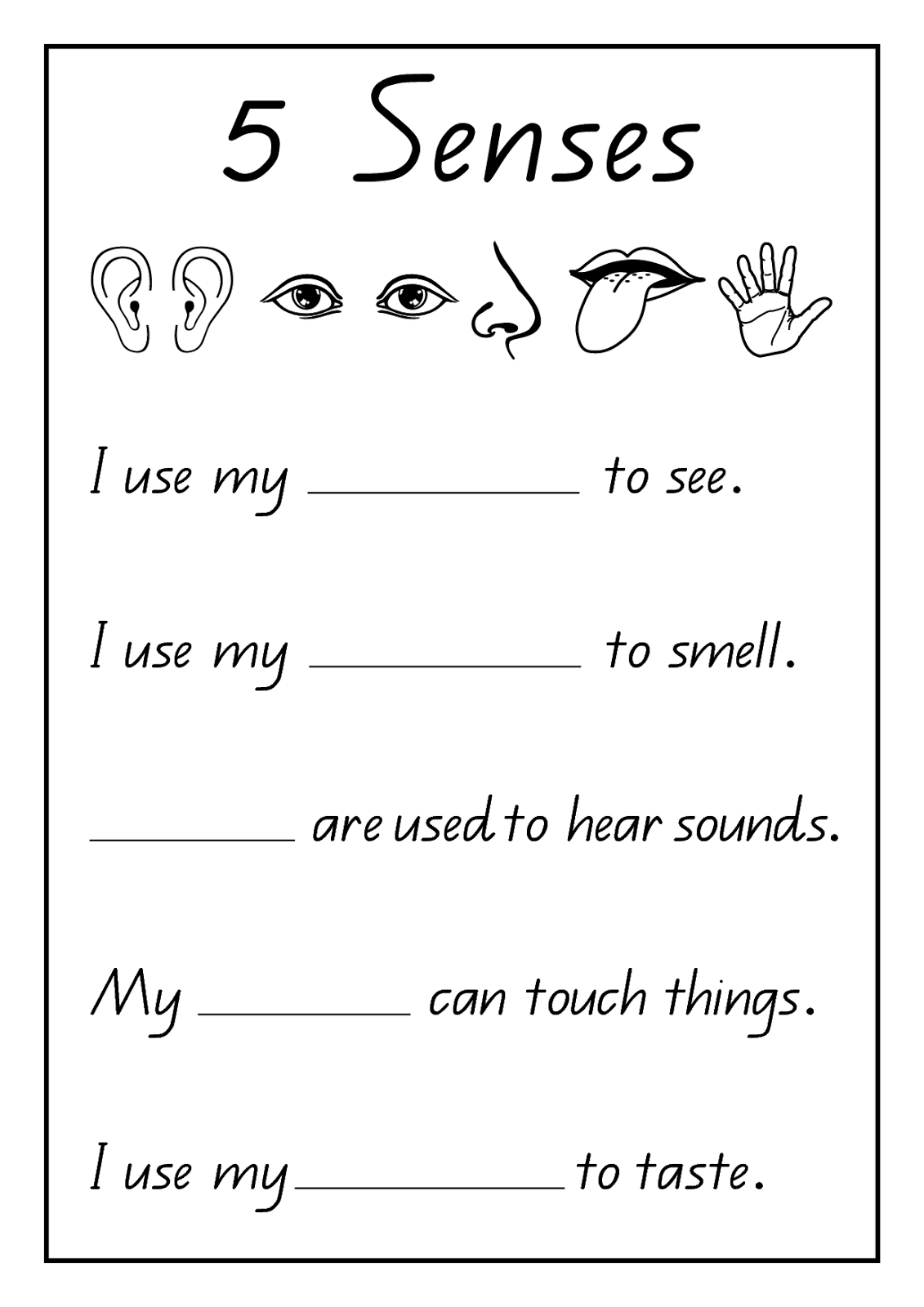
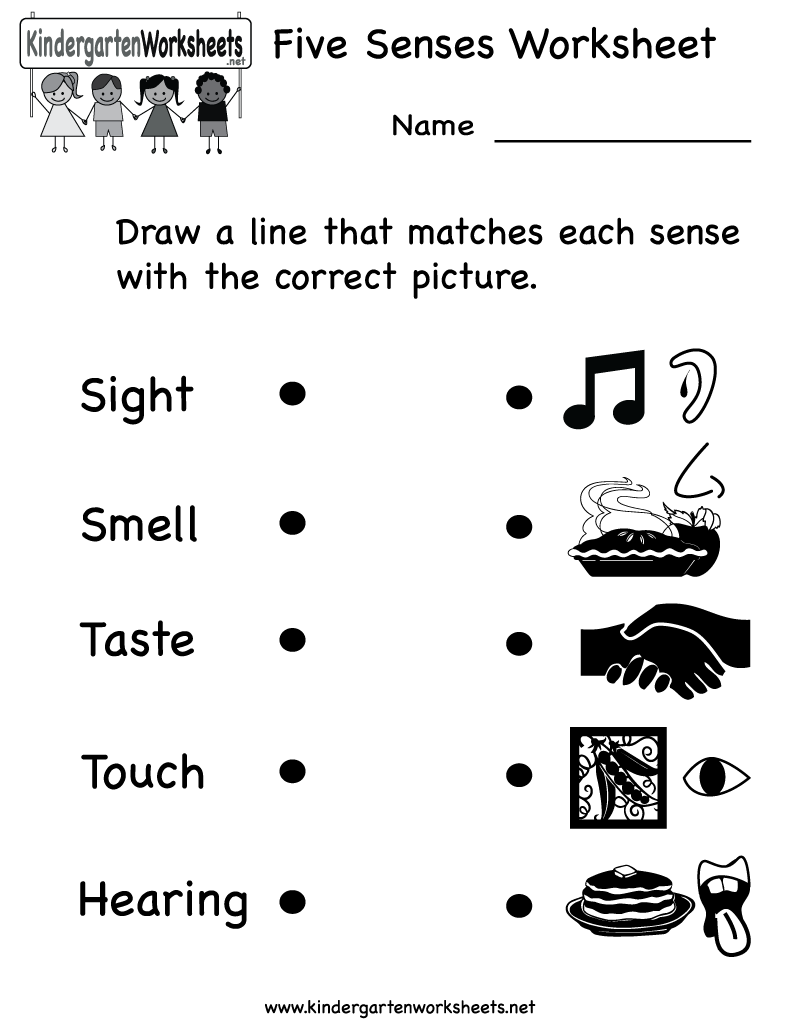
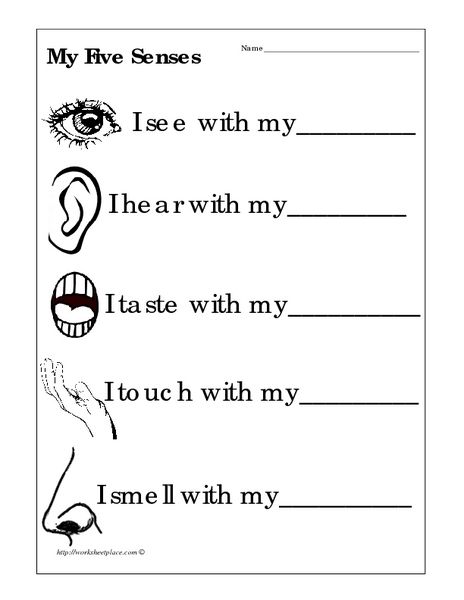
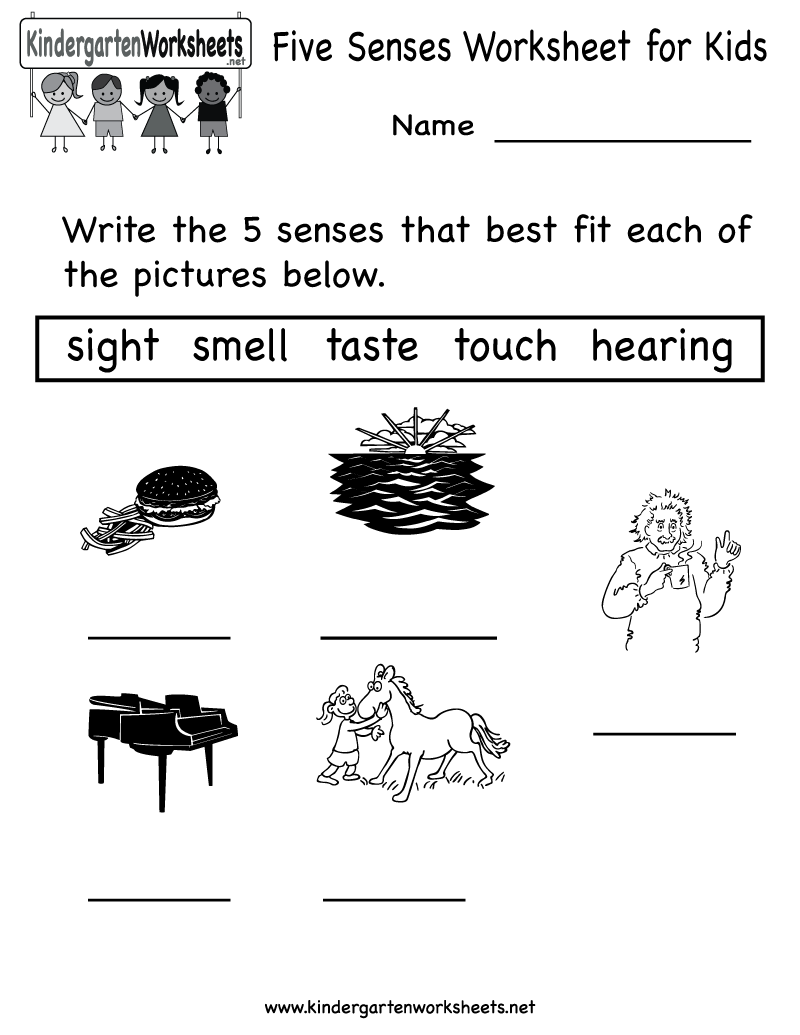
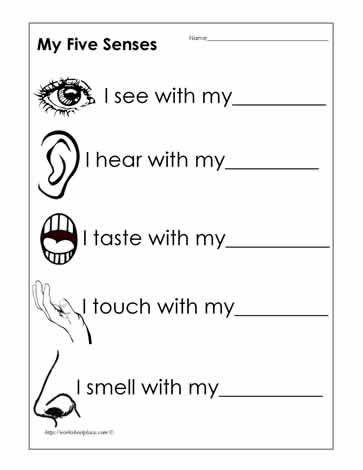
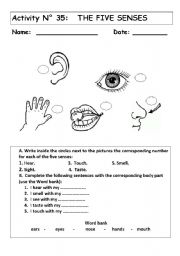
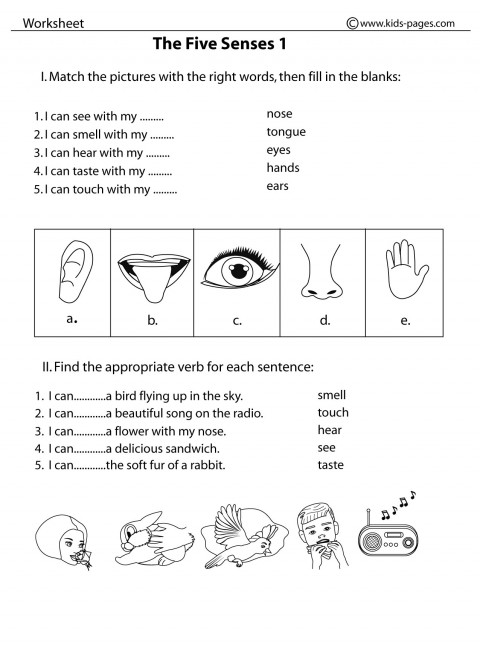
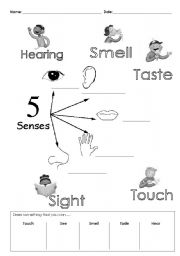
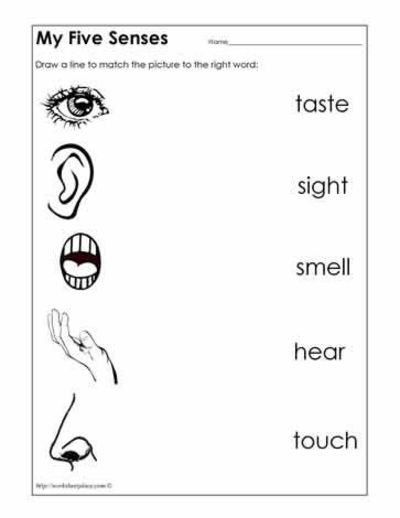
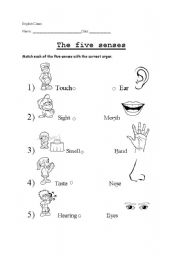
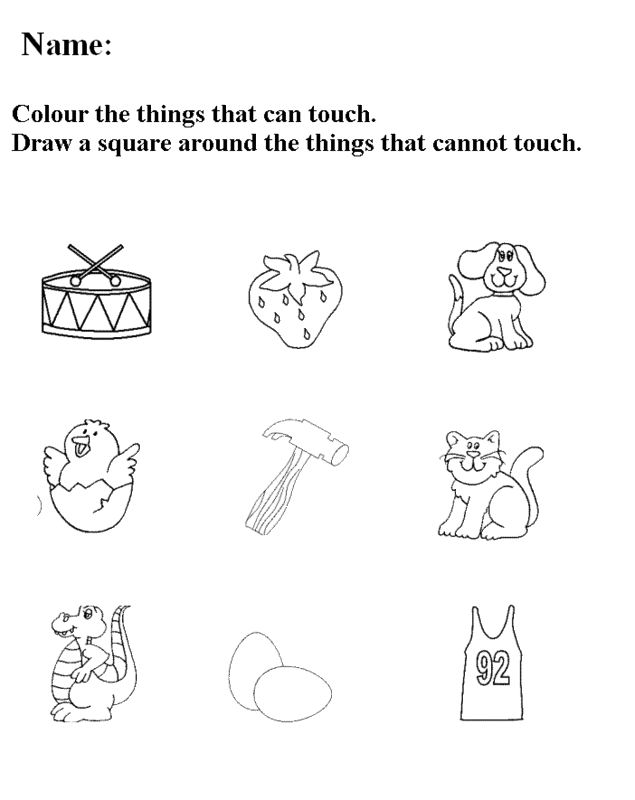
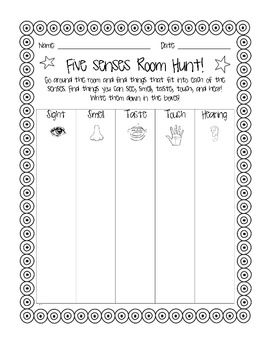
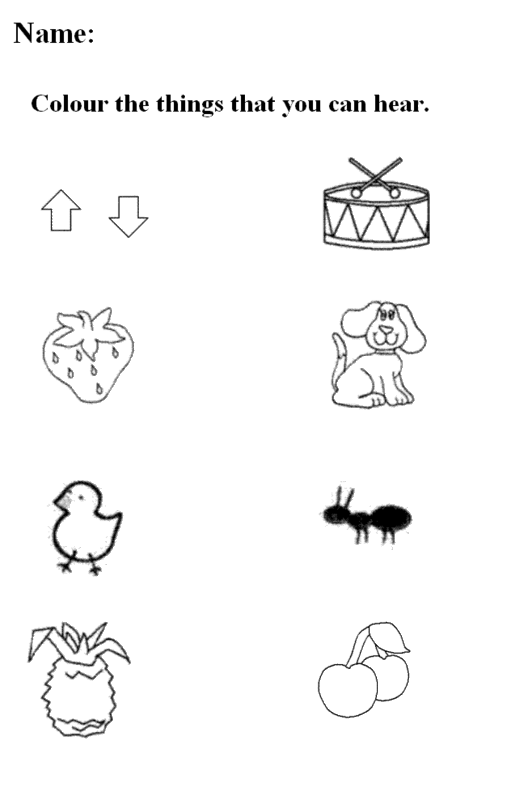
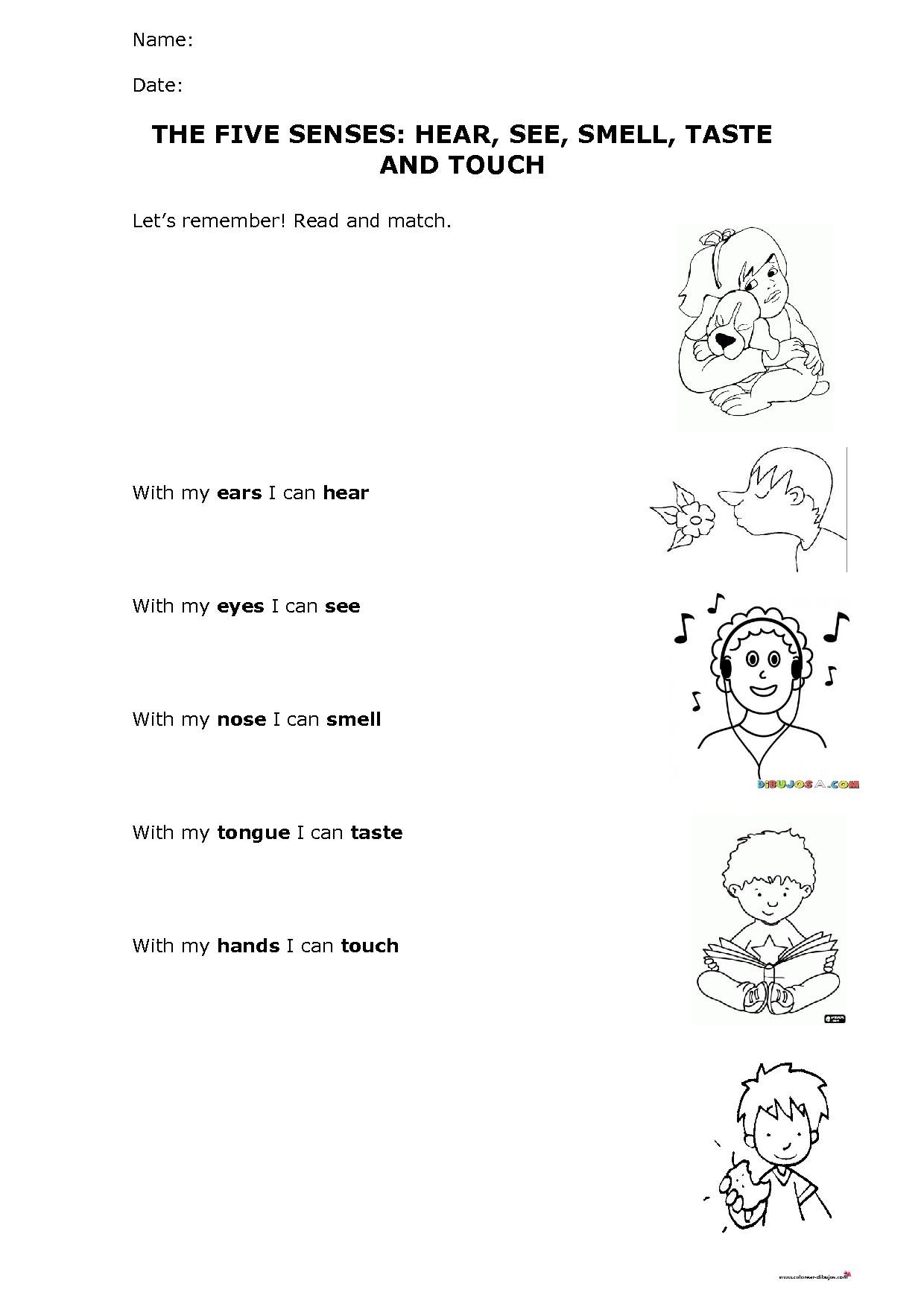
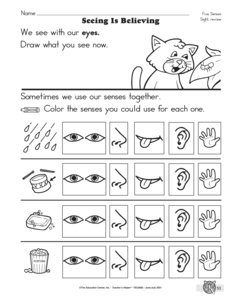














Comments